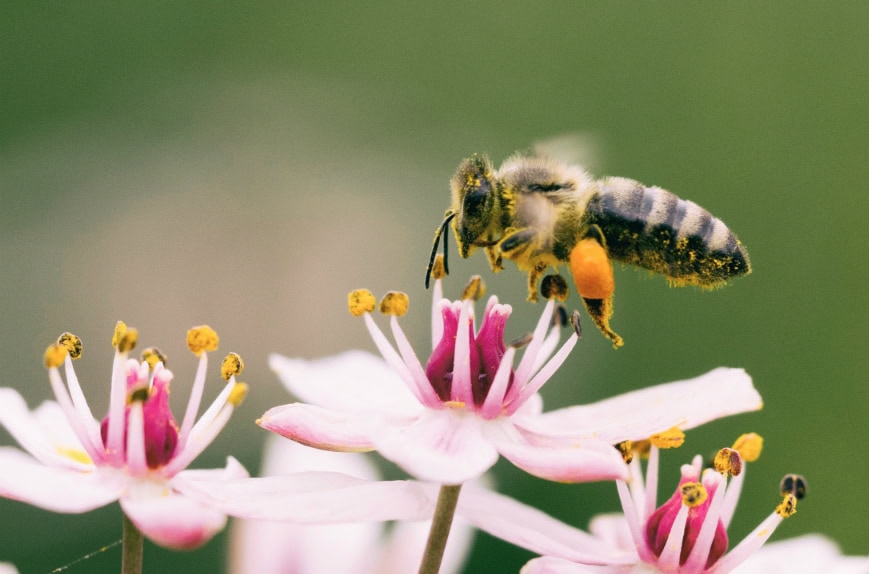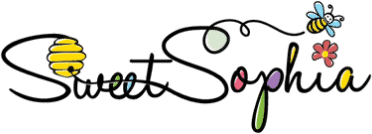
How can I protect my bees from pesticides/insecticides?
We use pesticides to eliminate harmful and nuisance insects. Unfortunately, honeybees can be greatly impacted by these same pesticides, and there is little the hobbyist beekeeper can do to avoid it. Honeybees can forage in a five-mile radius around their hive, and that is about eighty square miles. You simply cannot control where your bees will go and upon what they will get into.
A major concern for beekeepers is commercial mosquito spraying. There are plenty of private companies that will spray properties to prevent mosquitos. If you have honeybee colonies in a neighborhood, you should notify your neighbors and ask that they inform you if they will have a mosquito spray service. If they do, try to have them conduct the spraying in the evening, when your bees will be back in the hive. That might not be feasible, but you can safely close your colony, ensuring proper ventilation, the evening prior to the mosquito service for a day or two until the spray dissipates.
If you suspect your colony has been affected by pesticides, you can look for a few warning signs. Bees impacted by pesticides will often shake with spasms and lack the ability to fly. You may also see an unusually high number of dead bees around the hive. Honeybee colonies with plenty of resources (honey, pollen, brood, nurses, and queen) can often rebound from pesticide exposure. However, if nurses and queen also die in high numbers, you likely have pesticide inside the hive, brought in with pollen and nectar. This is more common with plants using neonicotinoid type pesticides.
We need pesticides in farming and landscaping; they are unavoidable, even if you personally find more organic methods of pest control. The important thing for the beekeeper is to know what is happening inside the honeybee colony. Through routine inspections and careful note taking, the beekeeper can identify the early signs of a problem and take necessary corrective action.
